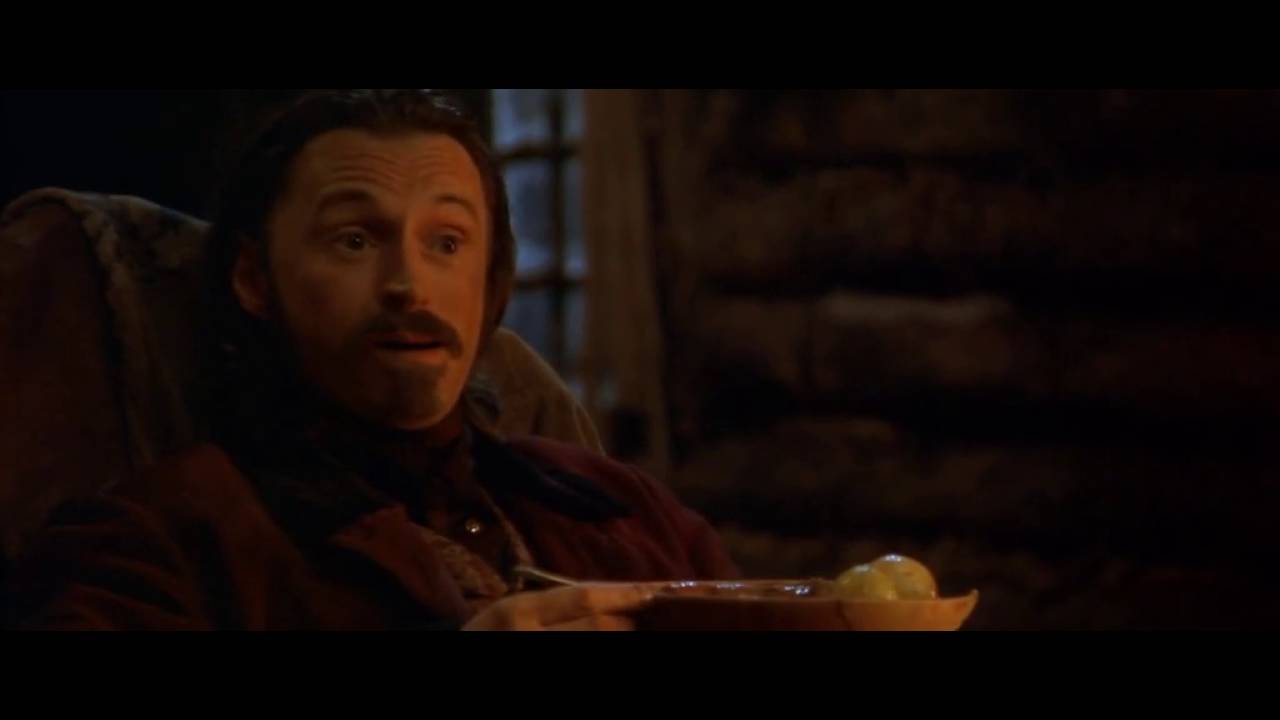Antonia Bird‘s film Ravenous is a number of things. It’s a horror, and a comedy, and an odd collision of vampire and cannibal tropes, and a frontier narrative. It’s also a vegan, feminist, and anti-colonial attack on mythologies of masculinist virility.
Wait, don’t close the tab. It’s true.
Ravenous bears out this basic claim. Consumed by notions of flesh-eating, power, the construction of maleness, and the possibility of undermining it, Bird’s film is particularly pointed; it will shock no one who watches it to discover her vegetarianism. Ravenous is never polemical, but — from the title on down — it’s also never particularly subtle about its assumptions.
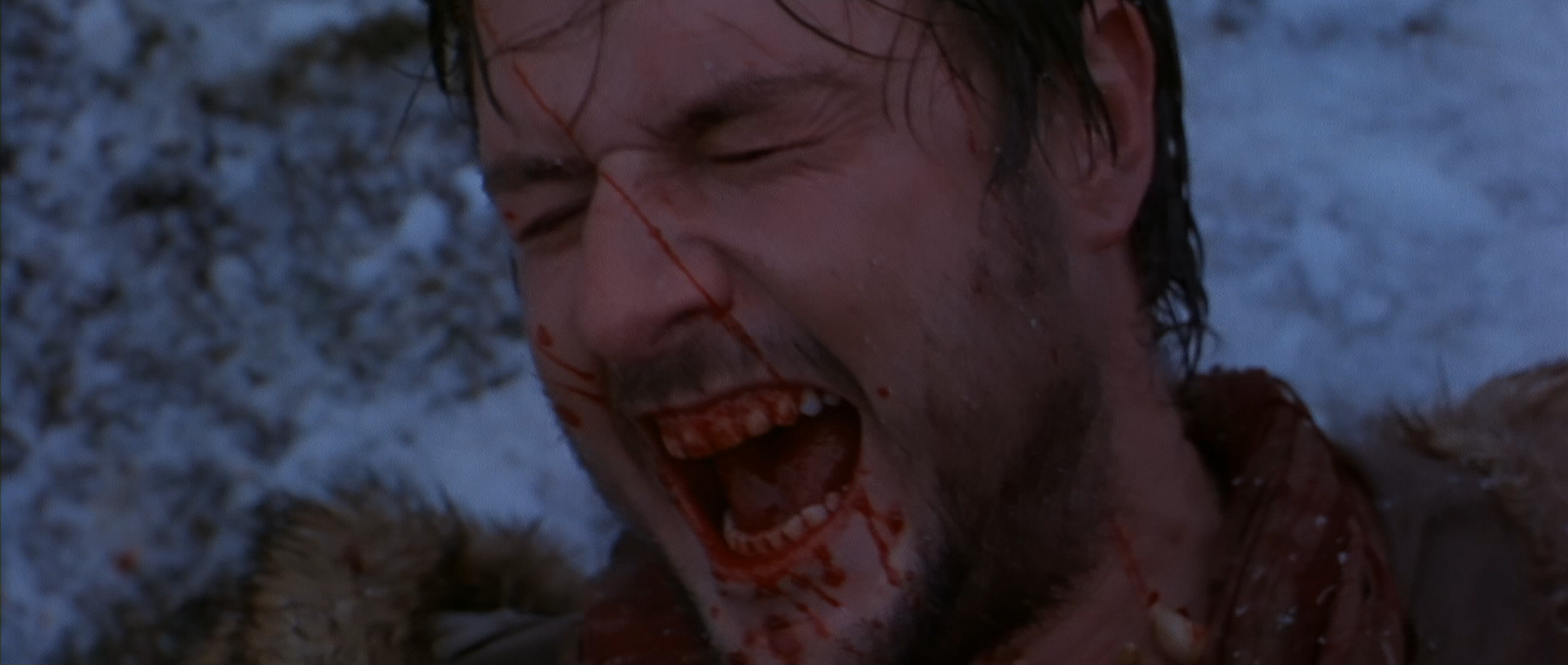
Released in 1999 to tepid reviews, Bird’s film has garnered a cult following over the years. Guy Pearce, fellow vegetarian, is here two years after L.A. Confidential, stumbling around in what might fairly be termed “a Guy Pearce-like” daze. One of the lesser, more visibly stony Arquettes is on hand (frequently getting stoned with the locals, appropriately enough). Character actor Jeffrey Jones, so good on Deadwood, almost steals the show, and Robert Carlyle (Trainspotting, The Full Monty, all the things) makes an excellent villain.
Bird puts this semi-star-studded cast through a series of horror vignettes, escalating the brutality and moral squishiness as the film proceeds. Ravenous focuses on Pearce’s Capt. John Boyd, a hero of the Mexican-American War compromised from the outset: he actually freaked out during combat, hid beneath corpses to elude detection, and, importantly, gained improbable strength through drinking the blood of his fallen comrades. He’s a tortured vampiric sort of being now, both enticed and repulsed by the possibilities of his actions.
Banished to a remote outpost in the Sierras by a commander who can’t denounce his heroism but feels he’s a coward all the same, Boyd plops down in a place where nothing much happens. The handful of half-mad troops here are essentially holding the line: smoking weed, stoking fires against the cold, claiming space for the nation’s westward expansion. Their presence is a colonial absurdity, another kind of vampiric cannibalism. It’s no real surprise when an actual cannibal shows up.
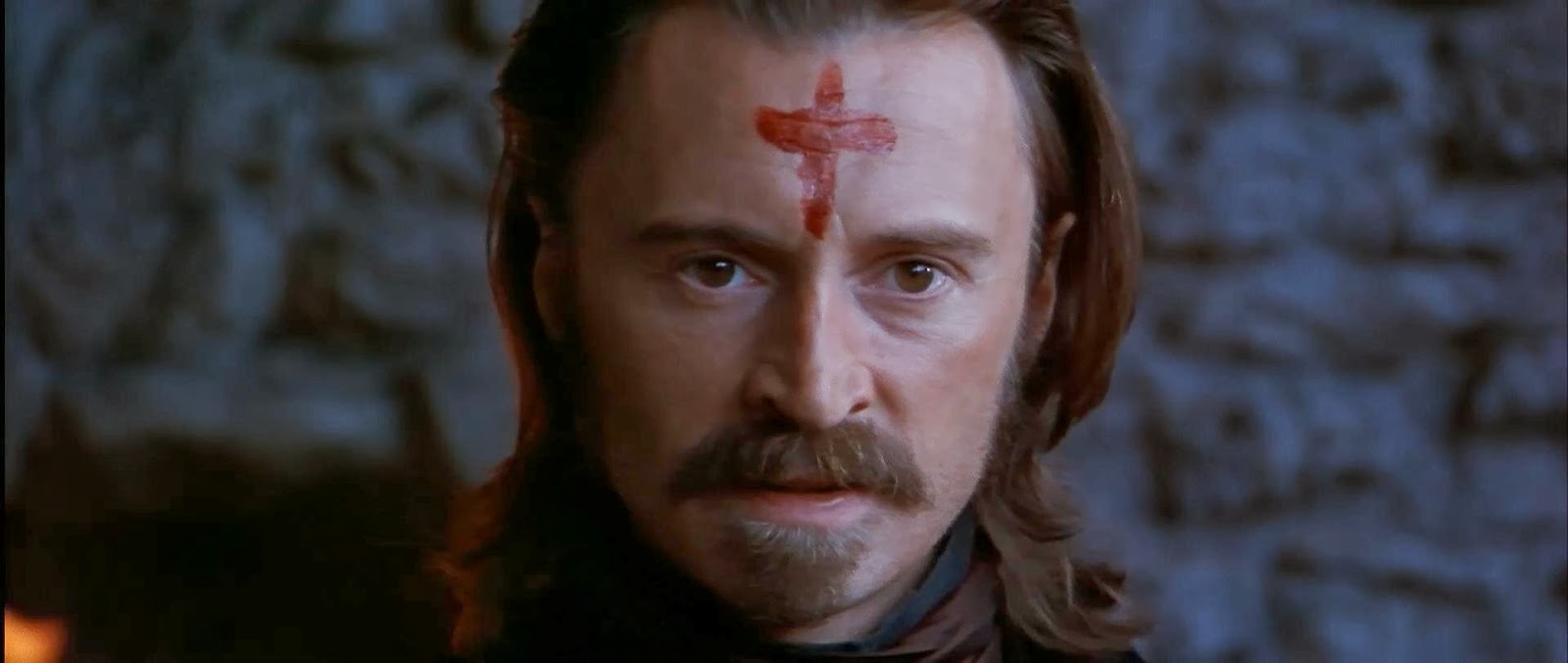
This is where things get interesting.
Ravenous is singlemindedly fixated on consumption and instrumental use, but is less concerned with zombie abjection than desire and masculinity. Boyd escapes certain slaughter through a performance of death, and is rewarded, thanks to the blood of others, with a newfound strength. The film — which opens with Nietzsche’s quote about battling monsters — repeatedly invokes the notion of the “wendigo“, a rapacious figure of indigenous mythology who turns cannibal from greed. Vampires need to suck blood to live, zombies are urged on by uncontrollable desire for flesh, and, in Ravenous, men can only truly be men through meat-eating.
This is of a piece with decades of marketing, instantly familiar to anyone in western cultures. We are told that flesh-consumption built bigger brains, structured our bodies, made us what we are. Curiously, this framework usually assumes that “what we are” is something desirable, but that’s a topic for another screed.
The point is that man’s dominance over other animals, typified by their subjugation and the literal consumption of their bodies, signifies strength and virility. “Where do you get your protein?” is probably the most frequently asked question vegans hear, occupying a key spot on the defensive omnivore bingo card. Even if milk does a body good, it’s steak that makes the man, and the bloodier the better. It “taps into something primal,” as we’re often reminded. The additional fact that “dairy” — by which I mean “bovine lactation” — is marketed mostly to women (for instance, to combat osteoporosis) only reinforces this gendered separation.
As Carol Adams wrote in her landmark book The Sexual Politics of Meat:
[W]hat, or more precisely who, we eat is determined by the patriarchal politics of our culture, and that the meanings attached to meat eating include meanings clustered around virility. We live in a racist, patriarchal world in which men still have considerable power over women, both in the public sphere (employment and politics) and in the private sphere (at home, where in this country woman-battering results int he death of four women a day). Gender politics [structures] how we view animals, especially animals who are consumed. Patriarchy is a gender system that is implicit in human/animal relationships. Moreover, gender construction includes instruction about appropriate foods. Being a man in our culture is tied to identities that they either claim or disown — what “real” men do and don’t do. “Real” men don’t eat quiche. It’s not only an issue of privilege, it’s an issue of symbolism. Manhood is constructed in our culture, in part, by access to meat eating and control of other bodies.
This is the axis on which Ravenous turns. After setting itself up as straight-ahead horror, Bird pulls the rug out. The film becomes something of a moralist parable infused with feminist concerns, as Pearce’s Boyd fends off entreaties to join the now super-protein-powered, masculinist clique in charge. They do not want to kill and eat him; they want him to kill and eat. His refusal to do so is subject to mockery (in the early scenes, he can’t stomach animal meat due to his earlier taboo-crossing, which marks him as a lily-livered vegetarian), and eventually coercion and violence.
Clever cinematic framing and allusion reinforce Ravenous‘ relation to older entries in the annals of cultural anxiety. Several sequences emphasize the grostequerie of simmering stew, as the sound drops out and we simply encounter the reality of indeterminate bodies presented for consumption. A dinner table sequence explicitly invokes the pioneering vegan horror of The Texas Chainsaw Massacre.
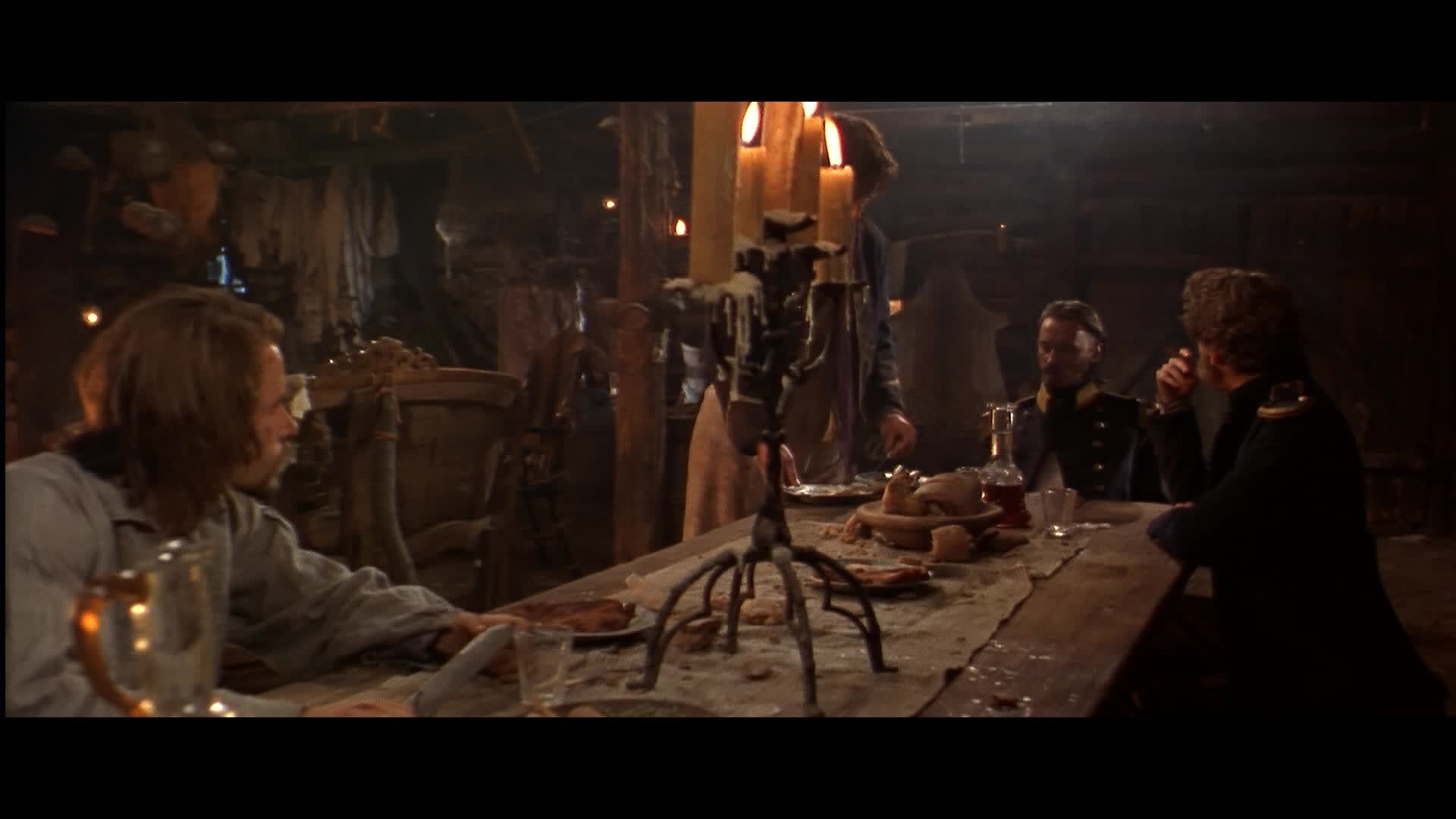
(Ravenous)
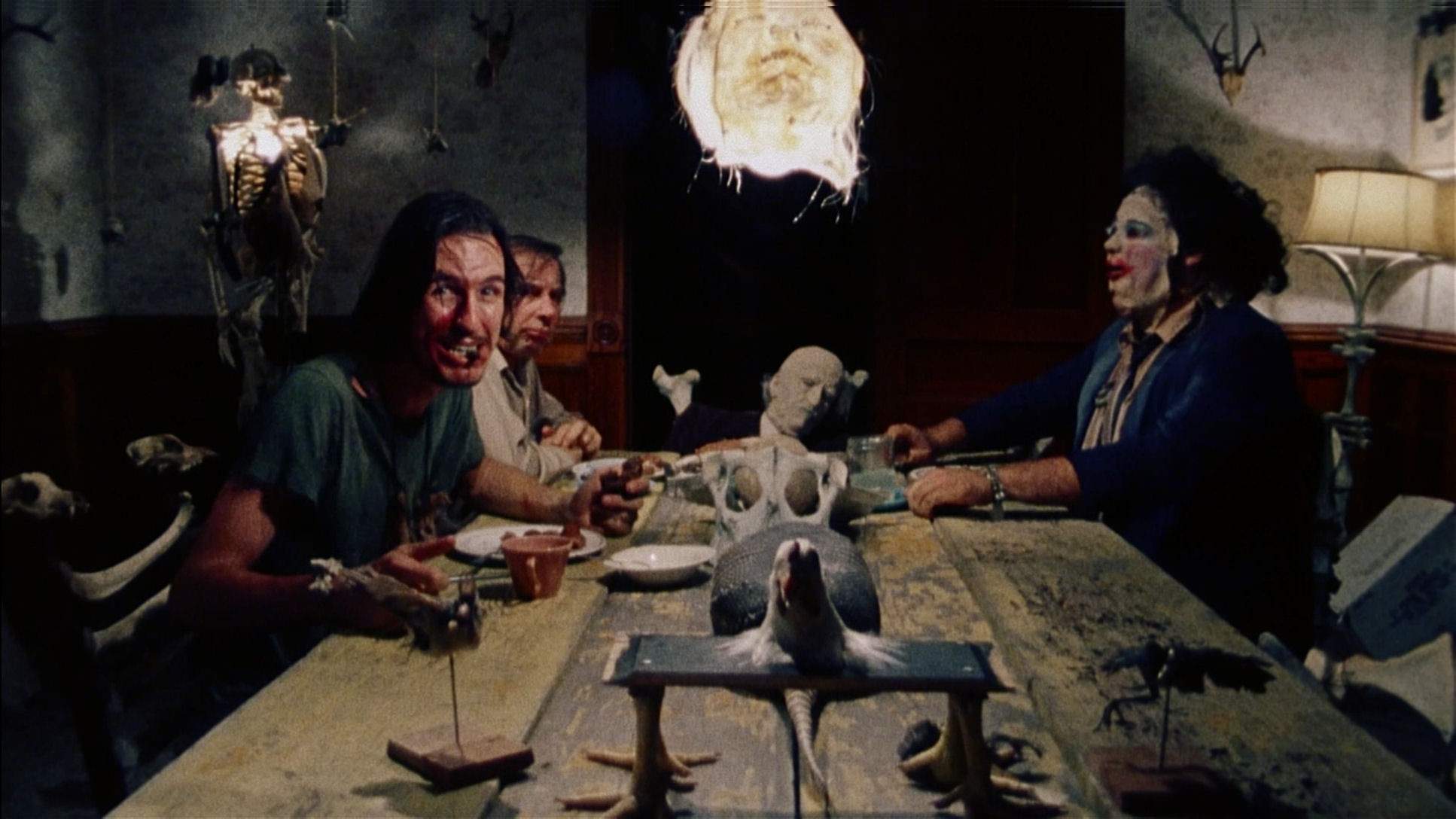 (The Texas Chain Saw Massacre)
(The Texas Chain Saw Massacre)
In both cases, people in remote locations abandoned by more genteel society resort to gleeful cannibalism. But in both cases, the seeds of dominance and abuse had been planted long before our story began. To be a man, in either situation, is to be a murderer and a cannibal.
At the end of Ravenous, there is no way out. Bird’s story ends with the violent, and joint, annihilation of both figures. This is no dialectic resolution, offering a third way. Masculinity and its discontents die in each other’s arms. Perhaps there was no other way out.
Perhaps that’s an ultimately nihilistic conclusion. But Ravenous, as a whole, firmly endorses the value of the struggle. If we go down, we go down swinging. Of course, the frontier will still soldier on, with its intractable, masculinist logic.
There, again, is the horror. But it’s not the film’s job to solve the problem. It only has to draw attention to it in ways that startle and animate, to argue, as Adams wrote, “with the mythologies we are taught to live by until suddenly we are able to see the same thing differently. At that moment a fact becomes a contradiction.” This is one of the ways Ravenous succeeds.
.

